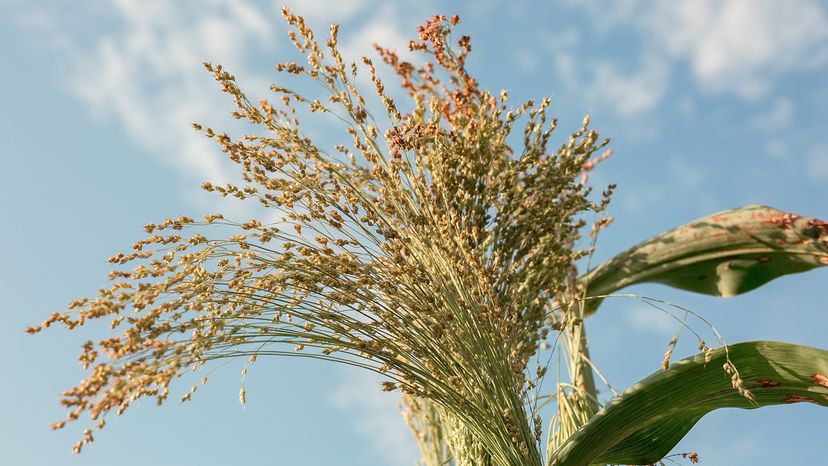
Millet is a highly nutritious food grain that is a well-kept secret. It's mildly sweet with a nutty taste, and is loaded with essential nutrients. Millet, a grass that bears edible small-sized grains, is the oldest food crop known, dating back to 6000 B.C. [source: Asbell]. The grain is high in protein, fiber, vitamin B, iron and calcium, and is the sixth most important grain crop in the world, sustaining one-third of the world's population. It's the main crop in many African countries, due to its adaptability to grow in dry, arid climates. Millet contains no gluten, and can thus be eaten by those with restricted diets and those who are allergic to gluten. The most popular type of millet is pearl millet [source: Raily]. So why not learn how to grow millet and be on your way to a healthy diet.
- Choose a plot for planting millet that has a lot of exposure to the sun.
- Prepare the ground for planting by working nitrogen-rich fertilizer into the soil.
- Plant the individual seeds at least 2 inches (5 centimeters) apart from each other. Cover the seeds with at least an inch (2.5 centimeters) of soil. The rows of seeds should be at least 12 inches (30.5 centimeters) apart.
- Add additional compost or nitrogen-rich fertilizer to the ground as the millet grows. This is necessary because millet draws a lot of nitrogen from the soil.
- Place mulch around the seedlings to help retain water.
- Do not water your millet. Normal average rainfall should suffice for the growth of millet, so additional watering isn't necessary.
- Harvest your millet when the grasses and seed heads have turned golden brown [source: Heirloom Organics].
Advertisement